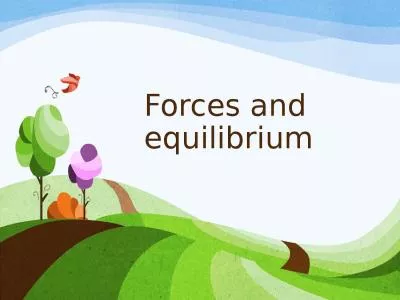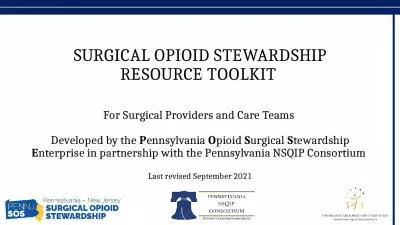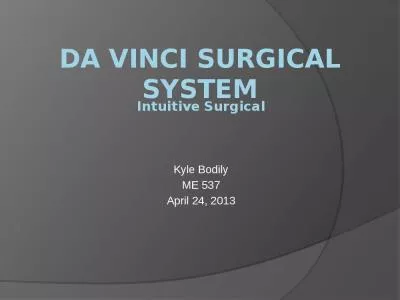PPT-Special Forces Medical Sergeants Surgical Training
Author : jane-oiler | Published Date : 2020-01-15
Special Forces Medical Sergeants Surgical Training Rick Kelly SFC18D Ret GS11 Primary Instructor for Surgery SFMS SARR Joint Special Operations Medical Training
Presentation Embed Code
Download Presentation
Download Presentation The PPT/PDF document "Special Forces Medical Sergeants Surgica..." is the property of its rightful owner. Permission is granted to download and print the materials on this website for personal, non-commercial use only, and to display it on your personal computer provided you do not modify the materials and that you retain all copyright notices contained in the materials. By downloading content from our website, you accept the terms of this agreement.
Special Forces Medical Sergeants Surgical Training: Transcript
Download Rules Of Document
"Special Forces Medical Sergeants Surgical Training"The content belongs to its owner. You may download and print it for personal use, without modification, and keep all copyright notices. By downloading, you agree to these terms.
Related Documents



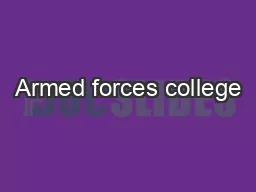
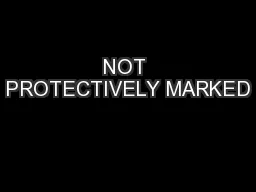
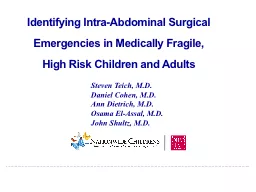
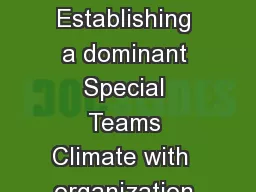
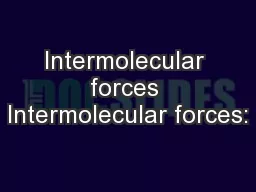
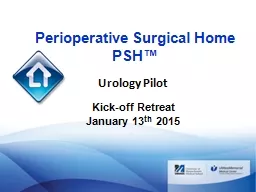
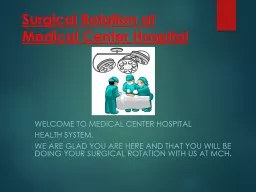
![[EBOOK]-Special Forces: A Guided Tour of U.S. Army Special Forces (Tom Clancy\'s Military](https://thumbs.docslides.com/954205/ebook-special-forces-a-guided-tour-of-u-s-army-special-forces-tom-clancy-s-military-referenc.jpg)
